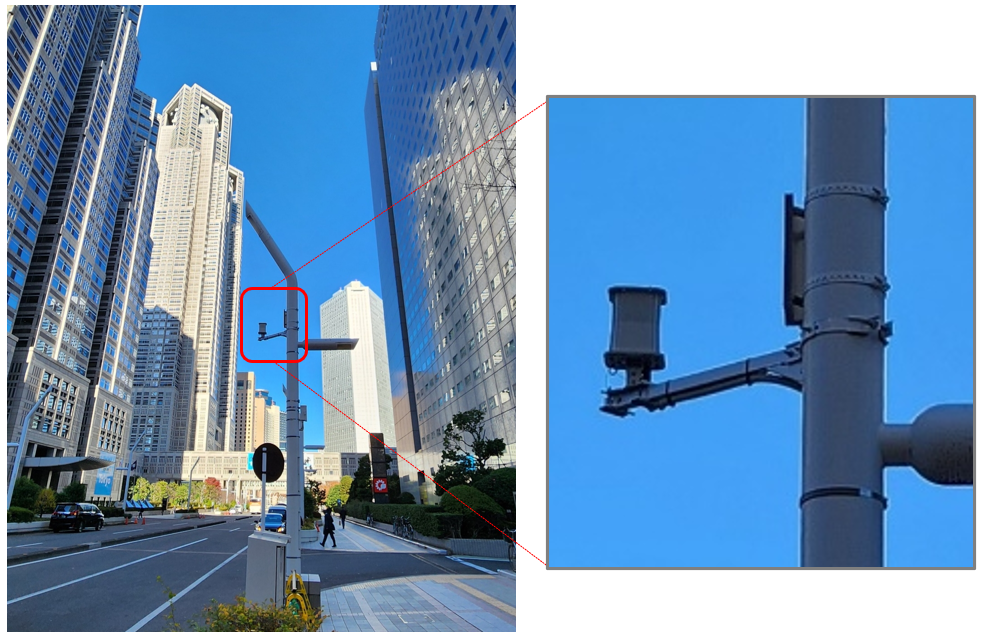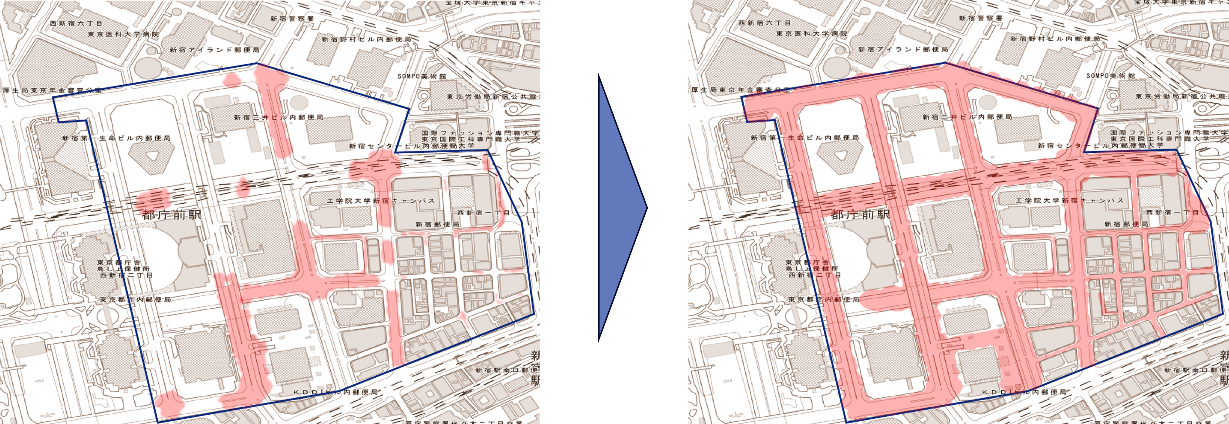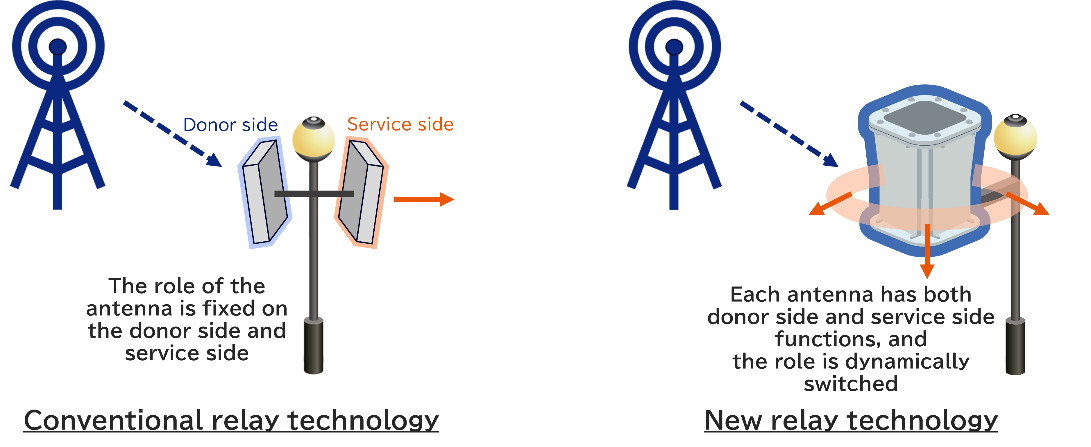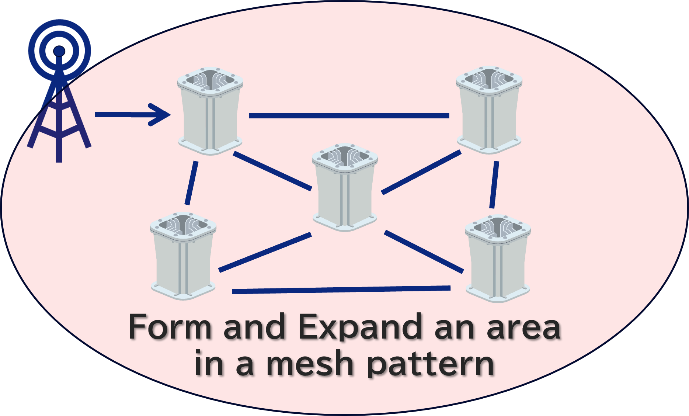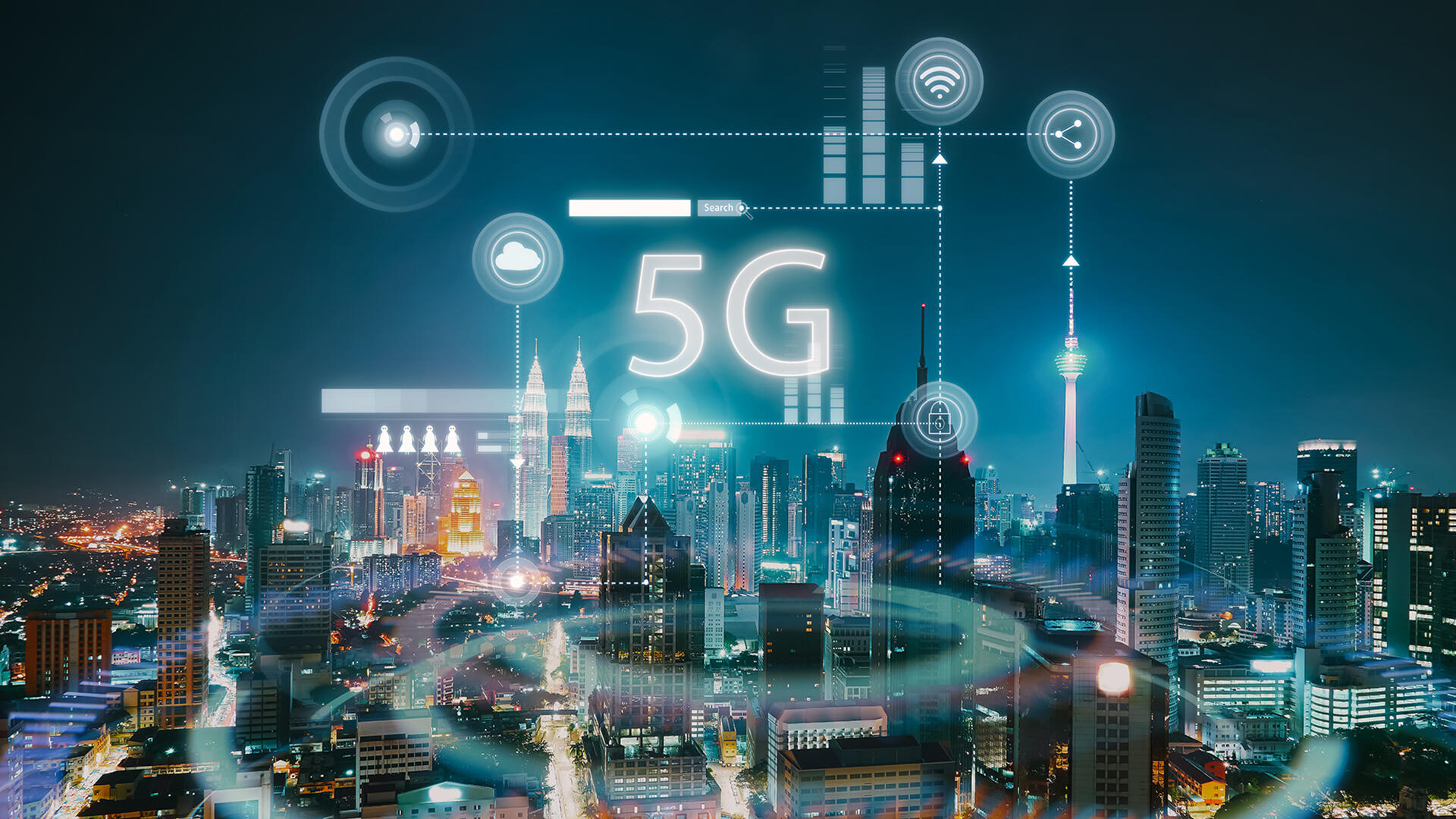
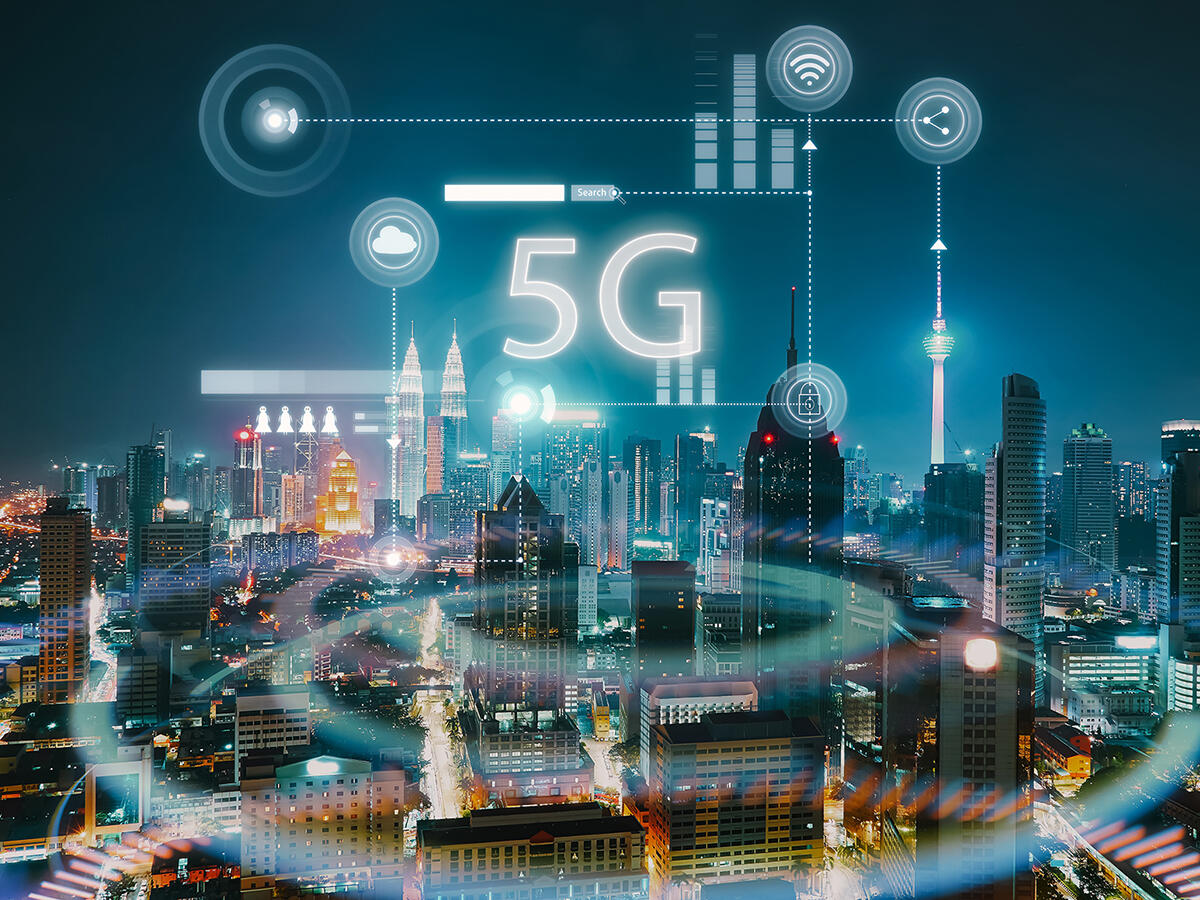
Transforming urban connectivity
What makes this development so significant? The new technology centers around miniaturized repeaters that autonomously form a network in a mesh pattern, seamlessly expanding the coverage area. Unlike traditional systems that have distinct "transmit" and "receive" functions, Kyocera and KDDI's repeaters dynamically switch roles, adapting to the surrounding wireless environment. This flexibility allows for continuous and efficient coverage, even in dense urban centers where stable connections are crucial.
The potential of millimeter-wave bands
The millimeter-wave band is known for its high-speed capabilities, making it ideal for high-traffic areas like railway platforms and stadiums. However, its signals are highly directional and susceptible to interference from obstacles such as buildings and trees. This has traditionally limited its use to small, scattered areas, requiring significant investment in infrastructure to maintain continuous coverage.
Kyocera's new technology addresses these challenges by allowing repeaters to form an effective relay network, expanding the millimeter-wave area with minimal infrastructure investment. These repeaters connect in a mesh pattern, offering a cost-effective solution that doesn't require extensive backhaul lines and is easy to install on existing structures like streetlights.
Successful field testing
The field tests were conducted by installing repeaters on assets owned by the Tokyo Metropolitan Government and Shinjuku Ward. A total of 22 repeaters were installed in the Nishi-Shinjuku building area. The results were remarkable: street coverage expanded from 33% to 99%! These tests demonstrated the technology's potential to revolutionize urban connectivity by providing stable, high-speed communications.
Compact and efficient design
One of the standout features of the new repeaters is their compact design. At just 216mm x 216mm x 246mm and weighing only 4.9kg, they are 70% smaller and lighter than conventional millimeter-wave base stations. This compactness allows for flexible installation options, minimizing the impact on the urban landscape while enhancing connectivity.
Looking ahead
Kyocera and KDDI plan to continue testing through March 2025, with the aim of commercializing this technology within the year. By overcoming the traditional barriers to millimeter-wave deployment, this innovation promises to accelerate the utilization of high-frequency bands, paving the way for a more connected future.
As we continue to explore the possibilities of 5G, the collaboration between Kyocera and KDDI highlights the importance of innovation in overcoming the challenges of urban connectivity. With these advancements, the dream of seamless, high-speed communication in even the most congested areas is becoming a reality. Stay tuned for more "Trending Tech" on "We Love Engineers," the digital magazine by Kyocera, and get the latest updates on this many more exciting technologies.
Articles in the same series
Latest Articles
-
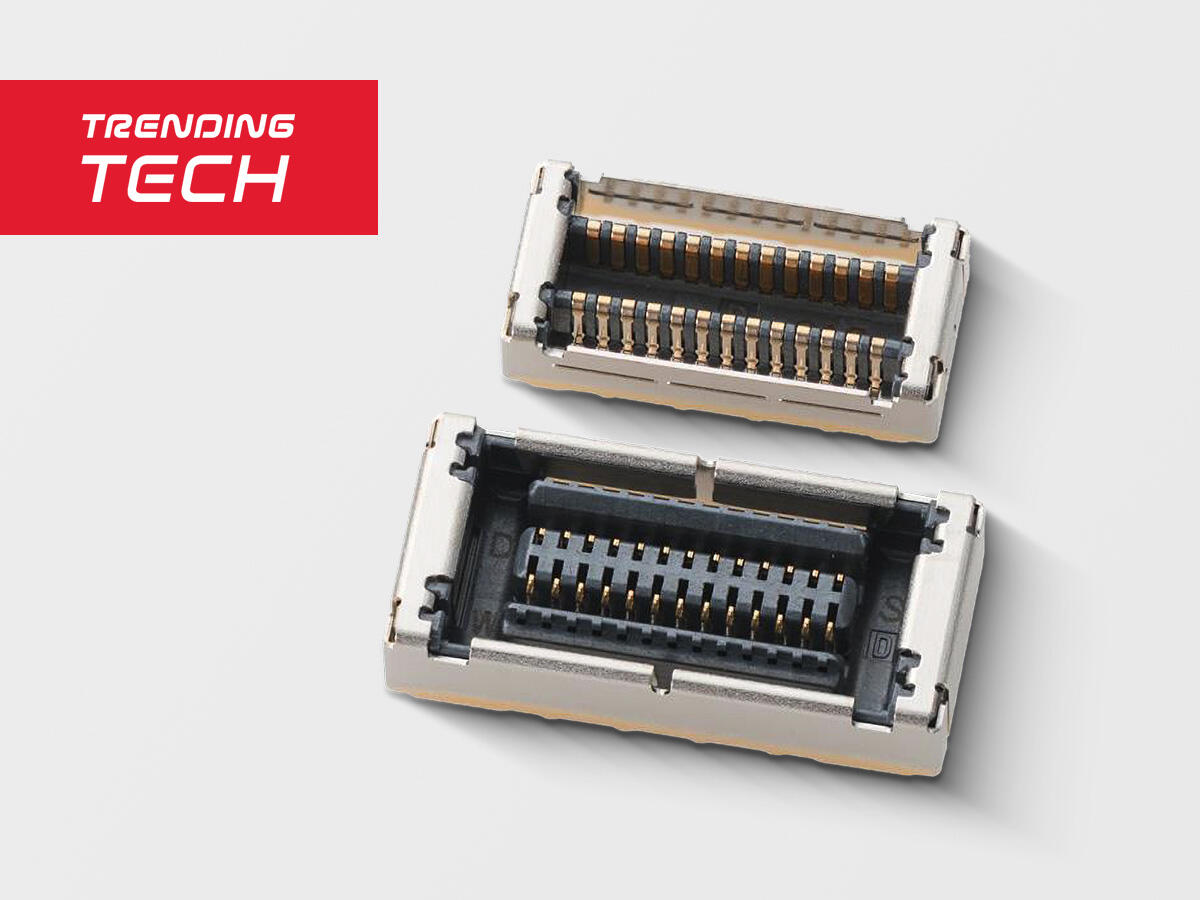
TRENDING TECH
New pitch board to board connector “5908 Series”
-
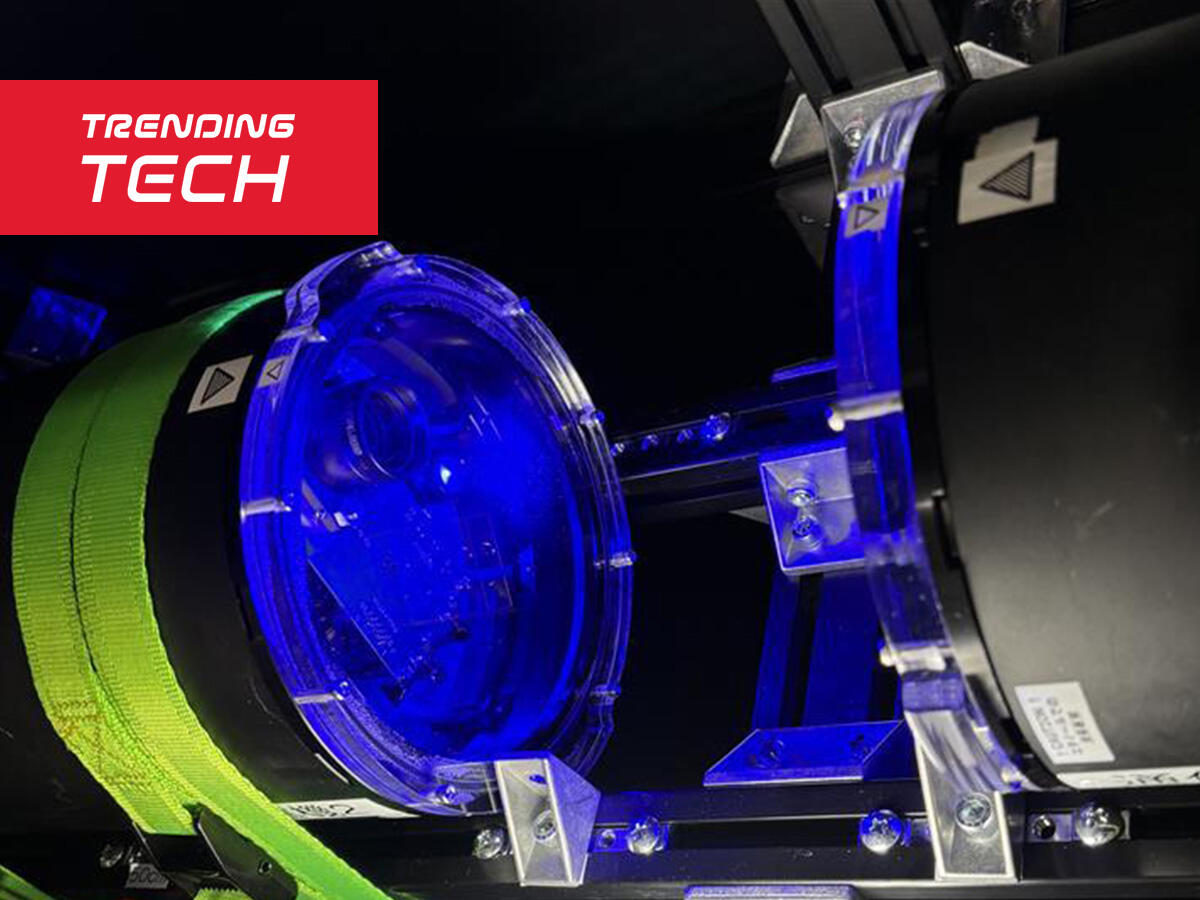
TRENDING TECH
The Next Frontier in Data Transfer
-
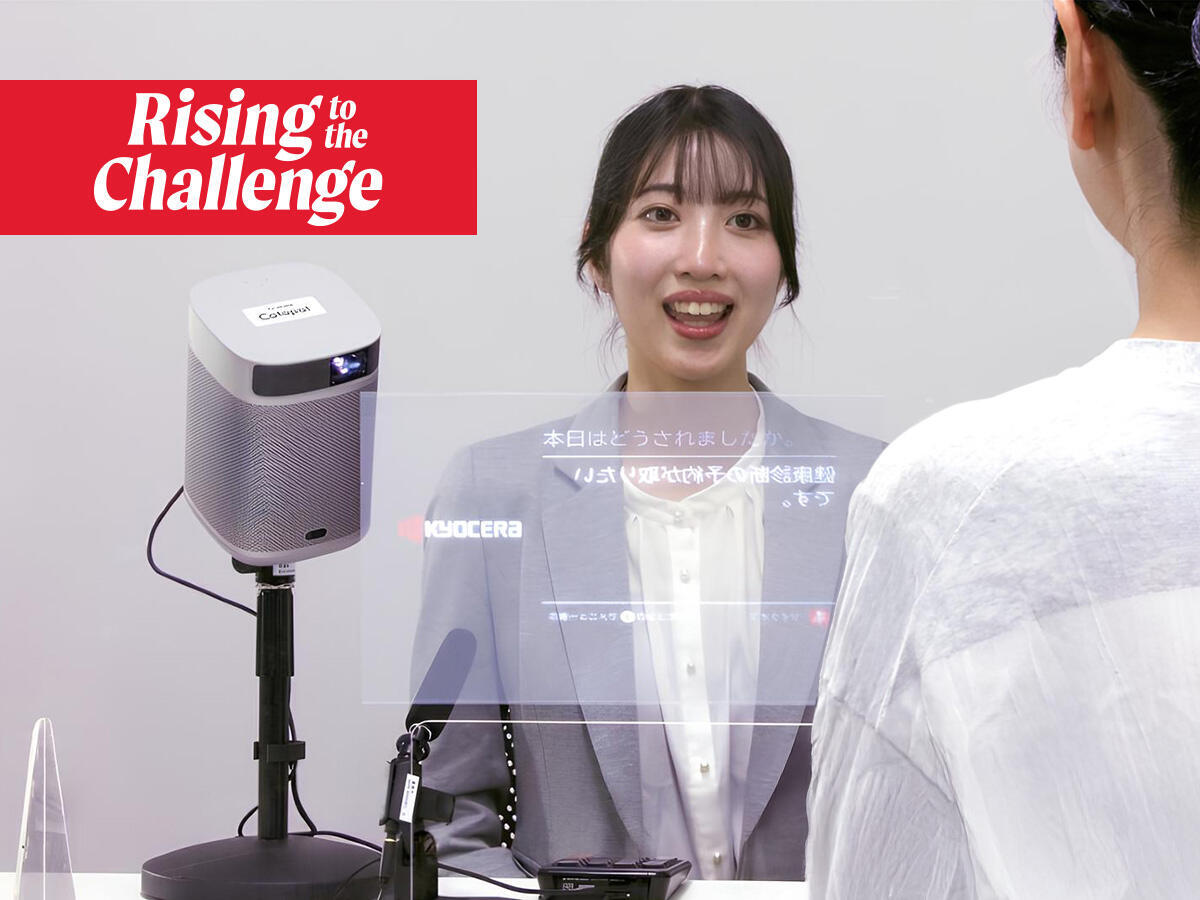
RISING TO THE CHALLENGE
Cotopat’s Market Success Driven by Rigorous Testing and Team Collaboration
-

TRENDING TECH
AI Meets Legacy Systems – A Partnership to Watch
-
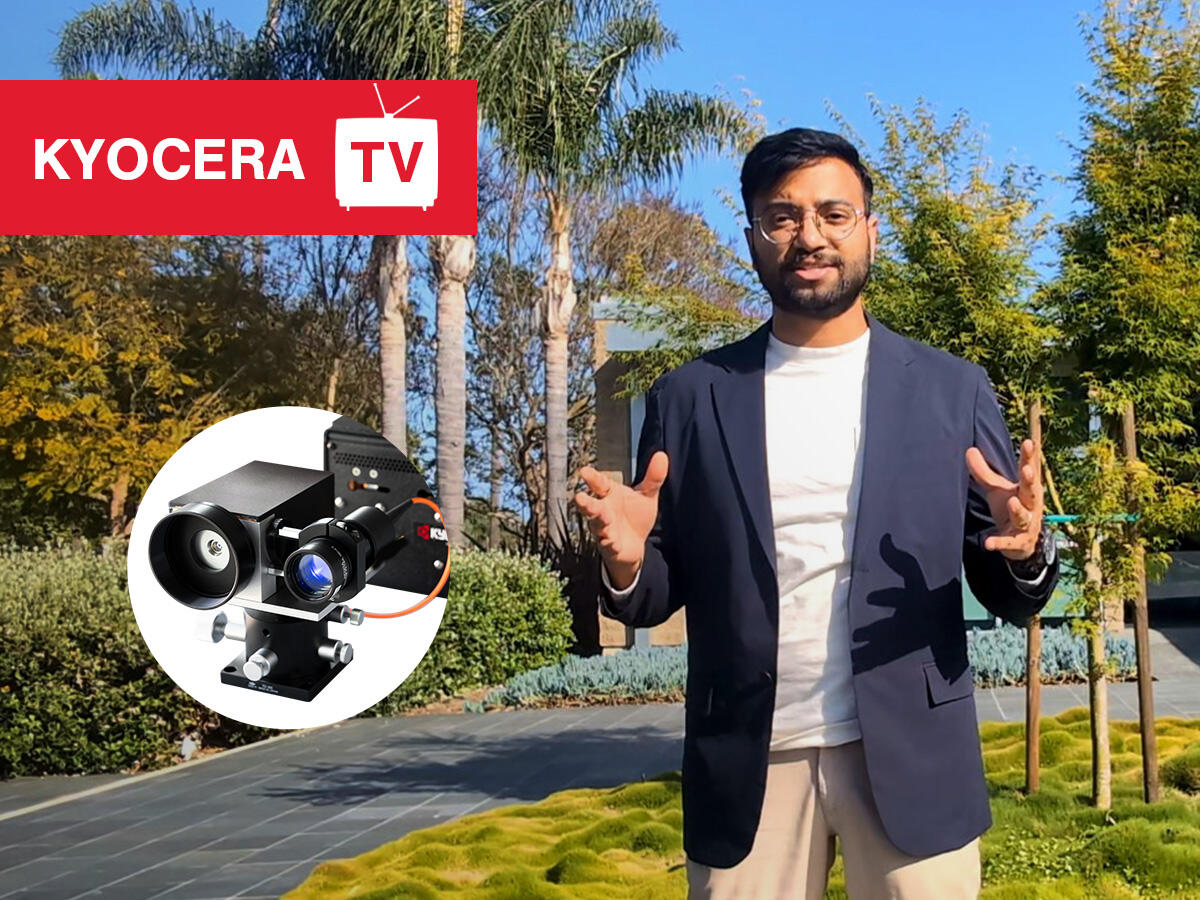
KYOCERA TV
Kyocera Teaches: What is LiFi?
-
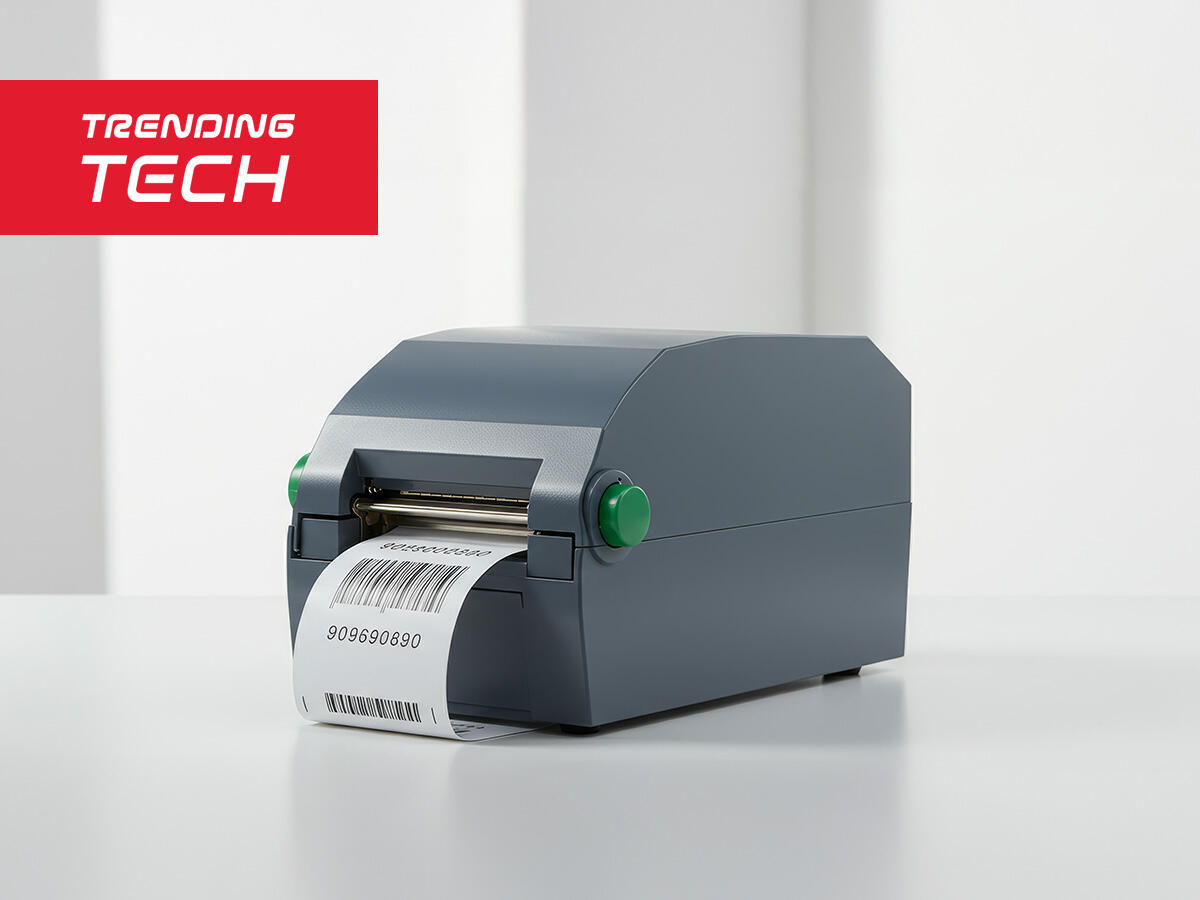
TRENDING TECH
Print Like Never Before: Kyocera Unveils 'TPA Series' Thermal Printhead for Stunning Quality

